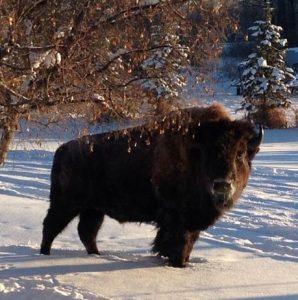The following text will be published in the program for Red River Song, presented on April 28th and 29th:
 Red River Song is a celebration of Manitoba’s Métis heritage – from culture to carts. From the first decade of the 19th century through to the 1870s, the Métis people developed a way of life perfectly suited to the prairies, one that incorporated influences from all sides of their Indigenous, French Canadian and Scottish heritage. A proud people, the Métis cut a colourful swath in prairie society with their distinctive jackets and sashes, with their songs and dances, with their blue and white flag featuring the infinity symbol.
Red River Song is a celebration of Manitoba’s Métis heritage – from culture to carts. From the first decade of the 19th century through to the 1870s, the Métis people developed a way of life perfectly suited to the prairies, one that incorporated influences from all sides of their Indigenous, French Canadian and Scottish heritage. A proud people, the Métis cut a colourful swath in prairie society with their distinctive jackets and sashes, with their songs and dances, with their blue and white flag featuring the infinity symbol.
Our concert begins with an Invocation to the Four Directions, combining the opening words of the Latin Requiem mass with Cree and English texts that describe the Four Directions, the Four Seasons. It is a reflective opening, respectfully combining the Indigenous/European influences that shaped Métis culture. Mel Braun wrote it for Winnipeg’s 2017 concert in the Mysterious Barricades project, where performances were held across the country for World Suicide Prevention Day. Much of the music of the Métis is bright and full of fun, but there is a much darker side to this history. Invocation gives us a calm space to contemplate this.
From solemnity, the concert moves to rhythm and history with the songs of Métis Bard Pierre Falcon, a.k.a. Pierriche or Pierre the Rhymer. Born in Somerset House (or Elbow Fort, near Swan River, Manitoba) in 1793 to a Cree mother and French Canadian fur trader from the North West Company, Falcon was also a fur trader and, later, a farmer near present-day St. François-Xavier. He was famous as the bard of the Métis, creating poems and tunes to tell of the great exploits of his people in their struggle to be an independent nation under Louis Riel. In 1816, at age 23, he wrote La Chanson de la Grenouillère or The Battle of Seven Oaks which, 200 years later, remains a standard of Métis music.
The Buffalo Hunt is the second Falcon song in this concert, describing an activity at the very heart of the Métis culture. From the buffalo hunt came pemmican, which the Métis fashioned from dried, pounded buffalo meat, berries and grease. Pemmican was big business for the Métis. A 19th-century version of today’s Power Bar, it was much in demand by the voyageurs as they paddled umpteen hours a day in search of furs.
This set of historical Métis songs also includes the beautiful La Métisse with words by Louis Riel to a tune by priest Georges Dugas, who worked in Manitoba from 1866 to 1888. The words express the pride of a young Métis woman at the time of the Métis Provisional Government in 1869-70 – “If ever I am loved, I will choose for my faithful lover one of the soldiers from the little army commanded by our proud adjutant.”
A word about the arranger, Manitoban Chester Duncan: pianist, composer, author, CBC critic/producer/broadcaster and Professor Emeritus of English at the University of Manitoba, Duncan wrote more than 150 art songs. In the 1990s, he was commissioned to arrange all the songs from the compilation Songs of Old Manitoba, published in 1960 by Margaret Arnett MacLeod. They were premièred at the Summer Festival of Music on the Red. Mel Braun is delighted to bring three of them back to life for Red River Song.
Fiddlin’ and Jiggin’ – Camerata Nova is very pleased to present 15-year-old champion Métis fiddler Alexandre Tétrault with piano accompanist Yvette Audette. A descendant of Louis Riel, Tétrault not only plays up a storm but also writes his own fiddle tunes, which have become popular on the fiddle circuit. He is playing one of his own compositions today, as well as a tune by Andy de Jarlis (b. Desjarlais, 1914-1975), the famous Métis fiddler from Woodridge, Manitoba. From a family of Métis fiddlers, Andy was a descendant of Pierre Falcon and is credited with more than 200 jigs, reels, polkas and waltzes, some of which have become standards in North America.
Alexandre will also play another well-known tune, Reel de Sainte-Anne, to accompany jiggers Julien Beaudette-Loiselle and Marcus Merasty. Julien, a Métis from St. Boniface, has been dancing with the Ensemble folklorique de la Rivière-Rouge for seven years. The Ensemble specializes in traditional and not-so-traditional French-Canadian jigs and dances. Hailing from Pelican Narrows, Saskatchewan, Marcus is of Cree descent. In addition to traditional Métis jigging, Marcus is pursuing a career in contemporary dance. He is currently in the Professional Program of The School of Contemporary Dancers. Marcus and Julien are also performing an “a cappella dance” which they created for this concert with choreographer Myriam Leclercq and which combines Métis and French Canadian steps.
About Run Freddy Run!, Eliot Britton writes that it is “the second instalment in a set of pieces that looks at Manitoba’s heirloom bison culture. The text is constructed from bison-themed varia copied down during my post Ph.D. gap year in Winnipeg.
at Manitoba’s heirloom bison culture. The text is constructed from bison-themed varia copied down during my post Ph.D. gap year in Winnipeg.
One can’t get far in Manitoba without encountering a bison-branded object, organization, business or activity. For example, I attended Nature Manitoba’s The Natural and Unnatural History of Bison in Manitoba lecture by Dr. Randy Mooi, Curator of Zoology at The Manitoba Museum – business as usual for a Tuesday evening in Manitoba. A group of nature enthusiasts and I crowded into Room 31 at Kelvin High School (I think I even paid full price as a non-member!). The lecture ran late. As expected, bison are awesome. As it turns out, bison are a handful and every so often the herd produces a particularly rebellious soul. Nothing has changed.
I heard about Freddy on the news. A “brazen bison” from Lorette, Manitoba who “just won’t stay home on the range.” I laughed out loud and immediately remembered Dr. Mooi’s 2016 lecturette on the last buffalo hunt and the truant, rebel bison. The juxtaposition of an obscure New York Times article from 1911 and the hilariously obscure 2018 Freddy story was too much to pass up. I then started to think about distant but related processes and uncommon intersections of historical and contemporary materials. That’s how I got to making a piece that integrates Renaissance polyphony with pop chord progressions, contemporary speech synthesis and sound design. I use “integrate” fairly loosely in this context. Sometimes it’s like hitting a brick wall, which is part of the fun of such a remote juxtaposition.
So, there you have it. Run Freddy Run! is a uniquely Manitoban mash-up that combines old and new, something borrowed and something… brown. And hopefully by the time you are reading this, I have secured an authentic Run Freddy Run! hoodie.”
Ode to the Red River Cart – Red River carts were the soundscape of the prairies. Wood-on-wood construction, no axle grease, well, you get the picture. More accurately, you hear the picture, with its endless moans, squeaks and squeals… We won’t speculate on why Mel Braun is inspired by moans, squeaks and squeals but he really went to town on this Ode to the Red River Cart!
The piece is constructed incorporating six Métis songs/reels, each found in Métis Songs: Visiting Was the Métis Way, compiled by ethnomusicologist Dr. Lynn Whidden, after years of searching out, recording and transcribing the music of Métis singers and fiddlers across the prairies. Published by the Saskatchewan Music Educators Association, the book in its entirety can be found as part of the Virtual Museum of Métis History and Culture created by the Gabriel Dumont Institute of Native Studies and Applied Research (www.metismuseum.ca). Dr. Whidden has created a wonderful gift to current and future generations of people interested in Métis music. As part of this Red River Song concert project, the score of Ode to the Red River Cart and individual choral scores of these Métis tunes arranged by Mel Braun will be made available for schools and community choirs via CNova Publishing on our website (www.cameratanova.com).
Before, after and even during these Métis tunes, Mel has written a colourful, detailed recitative about the Red River cart and its role and importance in Métis culture. The story is not just about the romance. It ends with the coming of the railway and the disappearance of not only the cart, but the Métis way of life. This “magnum opus” is fun, sad, wild and instructive! Be prepared to join in to the chorus at the end… Can you sound like a Red River cart??
Party d’cuisine! (Kitchen Party) – Just as would have happened in the kitchen of a Métis homestead, redolent with smoke, whiskey, warmth, fiddles, tapping spoons, toes and heels, Red River Song ends with a crazy “mash-up” of fiddles and dancers, plus singers doing “turlutte” or French Canadian scat. Bring out your spoons and get ready to join in!
The party starts quietly – as most parties do – with a cappella singing of À la claire fontaine. You will recognize the words, but perhaps not the tune – this beautiful melody was created by the Quebec group Barde, then arranged by the Saskatchewan group Folle Avoine. The party then picks up the pace with La Belle Catherine by Louis “Pitou” Boudreault (1905-1988), fiddler and storyteller from Chicoutimi, Québec. The next song, La disputeuse, is a famous Acadian reel also known under many other names, including Growling Old Man and Cackling Old Woman, The Disputant, and Growling and Grumbling! It will be followed by Fisher’s Hornpipe, another tune of many names and one of the most popular, widespread and frequently published fiddle tunes in the world.
Next up is Red River Jig or “oayache mannin,” as it is known in Michif. This is the unofficial Métis anthem, which was very popular in the mid 1800s when it was known from Alaska to James Bay. The dance is a combination of Plains First Nations footwork with Scottish, Irish and French-Canadian dance forms. The basic jig step is danced in most Métis communities, however, dancers often add their own “fancy” steps in parts of the tune. Even more specific, some dancers add certain variations which identify their home community. The origin of the Jig is unknown. One theory is that the Scots were on one side of the river (Red, Assiniboine or Seine – take your pick…) playing the bagpipes one night while some French Canadians and Métis were kicking back on their homestead porch on the other. A Métis fiddler decided to imitate the bagpipes. He started with a slow, sad, whining tune and then stepped it up with a fast, rollicking beat – everyone wanted to dance and the Red River Jig was born…
It is fitting to end the party with Whiskey Before Breakfast, another melodious composition by Andy de Jarlis, the famous Métis fiddler.
From Pierre Falcon to his descendent Andy de Jarlis, our concert comes full circle. Louis Riel said that the Métis people would sleep for a hundred years before their artists and visionaries led them back to nationhood. How right he was. The current resurgence of Métis culture and nationhood is a joy to behold. Long live the Métis Nation, long live the Red River cart!
Camerata Nova would like to thank Mel Braun for his wonderful curation, compositions, arrangements and conducting – but, most of all, for his passion for the story of the Métis and the history of Manitoba. We would also like to thank Myriam Leclercq, dance choreographer, and Karine Beaudette, Camerata Nova singer and long-time volunteer, for bringing together the fiddlers, dancers and choreographer to create the fiddling sequences.
Acknowledgements are also due to Dr. Lynn Whidden for providing authentic versions of Métis music and historian Fred J. Shore of the Native Studies Department at the University of Manitoba for his book, Threads in the Sash: The Story of the Métis from which we have liberally borrowed facts and stories.
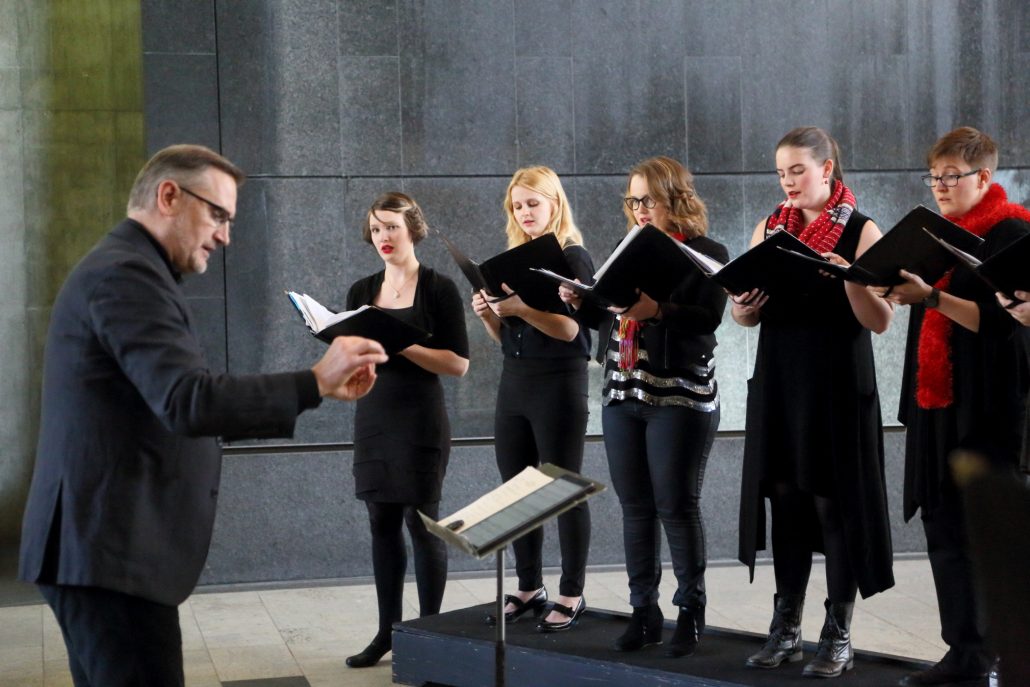



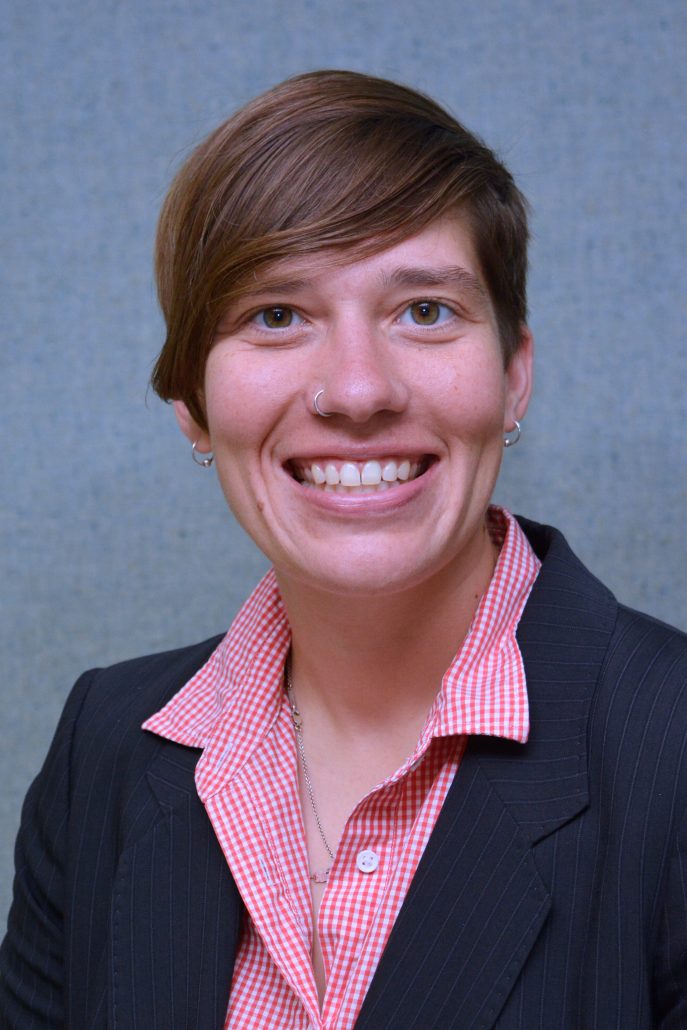

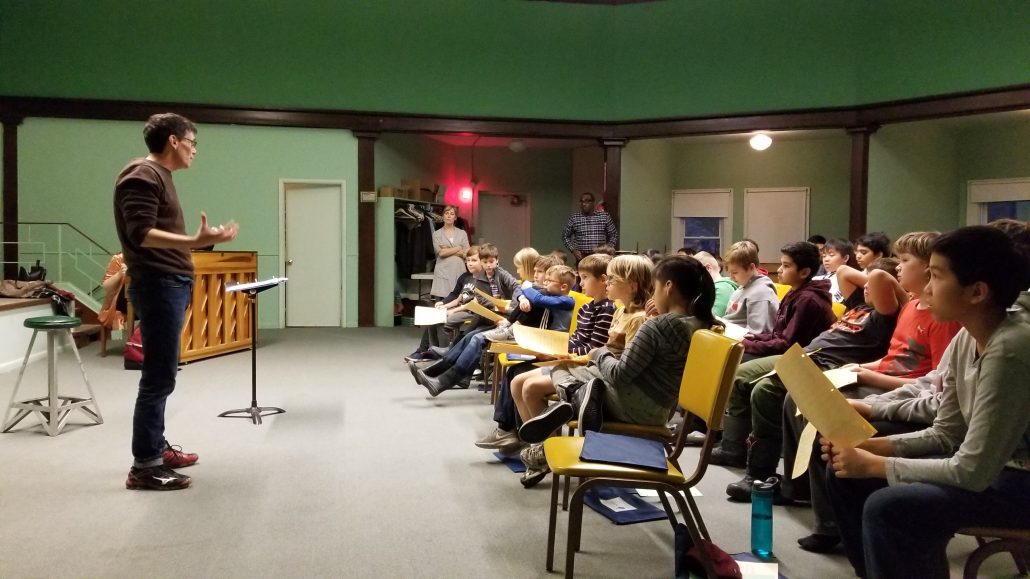
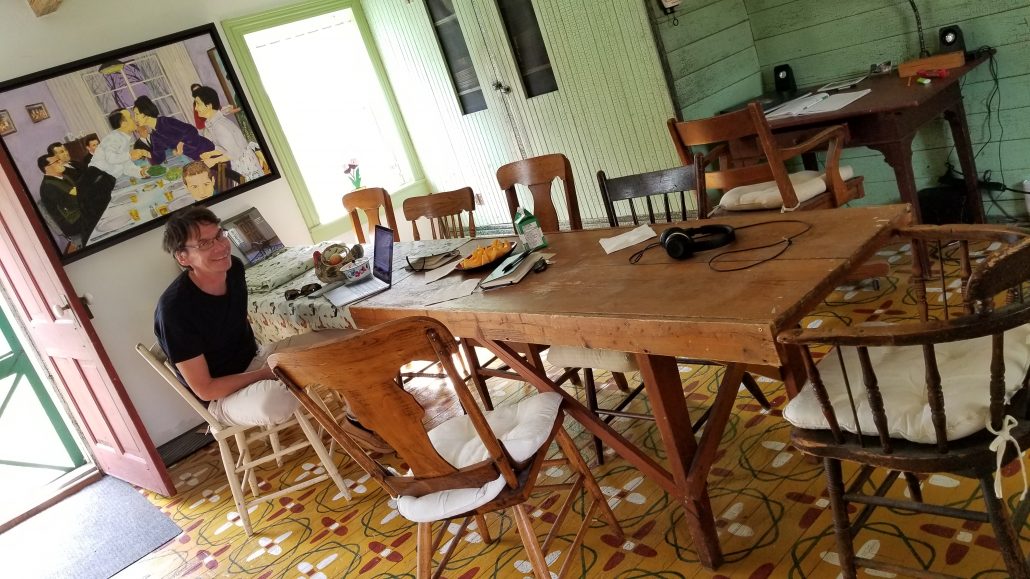

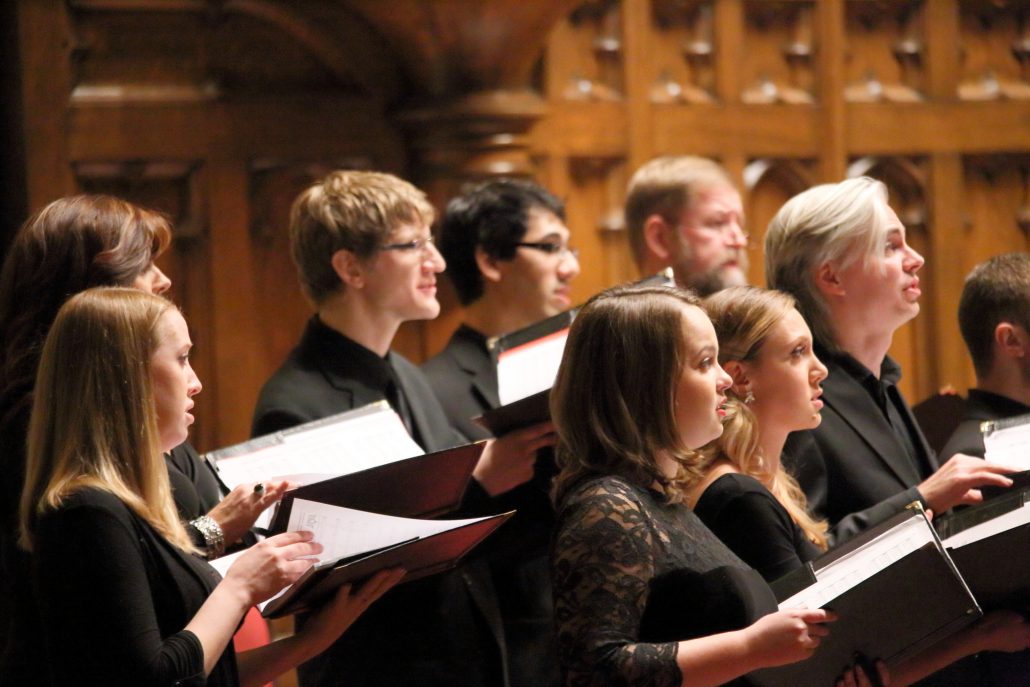
 Red River Song is a celebration of Manitoba’s Métis heritage – from culture to carts. From the first decade of the 19th century through to the 1870s, the Métis people developed a way of life perfectly suited to the prairies, one that incorporated influences from all sides of their Indigenous, French Canadian and Scottish heritage. A proud people, the Métis cut a colourful swath in prairie society with their distinctive jackets and sashes, with their songs and dances, with their blue and white flag featuring the infinity symbol.
Red River Song is a celebration of Manitoba’s Métis heritage – from culture to carts. From the first decade of the 19th century through to the 1870s, the Métis people developed a way of life perfectly suited to the prairies, one that incorporated influences from all sides of their Indigenous, French Canadian and Scottish heritage. A proud people, the Métis cut a colourful swath in prairie society with their distinctive jackets and sashes, with their songs and dances, with their blue and white flag featuring the infinity symbol. at Manitoba’s heirloom bison culture. The text is constructed from bison-themed varia copied down during my post Ph.D. gap year in Winnipeg.
at Manitoba’s heirloom bison culture. The text is constructed from bison-themed varia copied down during my post Ph.D. gap year in Winnipeg.